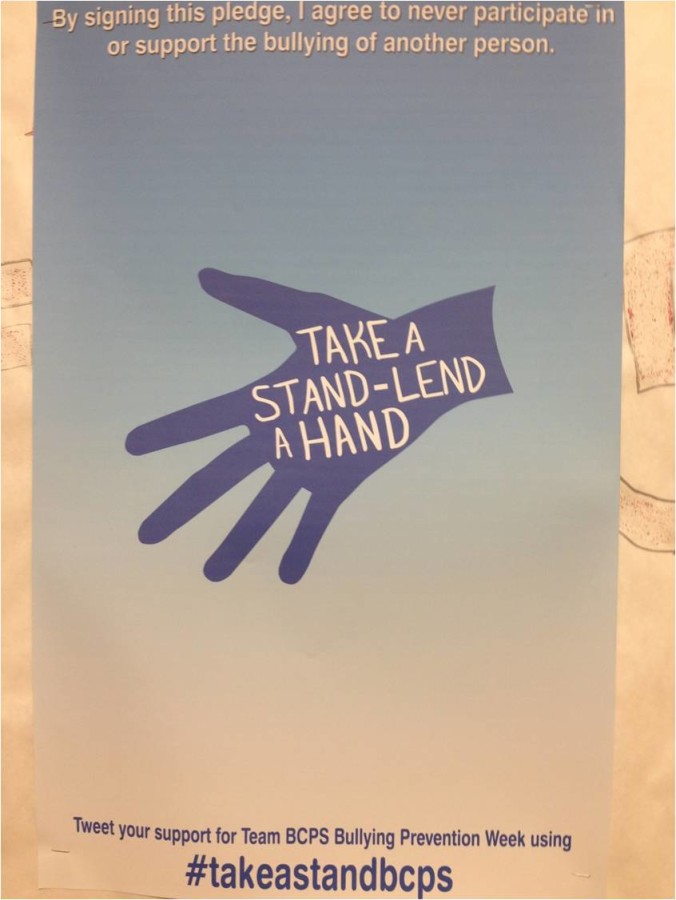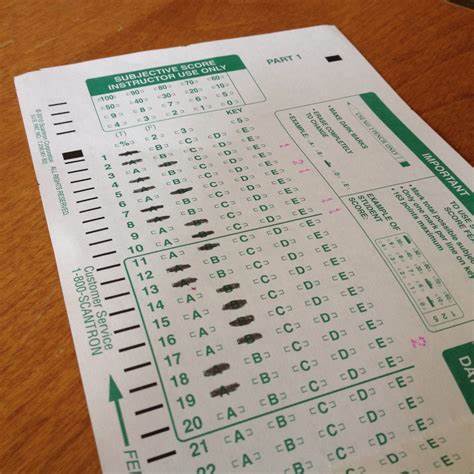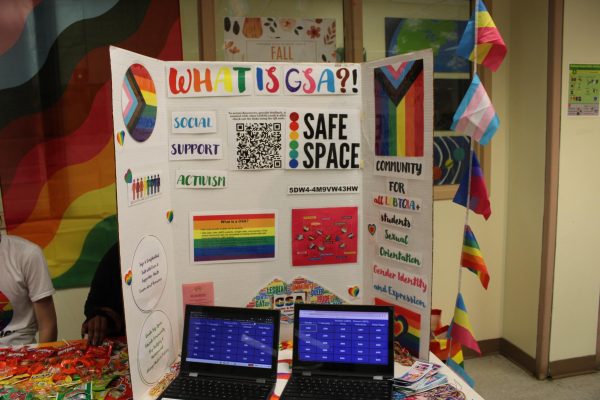Bullying Prevention Week: What You Can Do to Promote Kindness
With all of the snow in the week of March 2-6, 2015, a few things may have slipped by. Classes may have pushed back a few quizzes, teachers may have chucked lessons they found less important, and students may have “accidently” slept through a few homework assignments. But one event passed by that we need to acknowledge: BCPS’s Bullying Prevention Week.
The annual county wide event serves to raise awareness about bullying and to inspire positive and encouraging attitudes throughout the community. Students were asked to sign a pledge that stated “I agree to never participate in or support the bullying of another person.” Each day of the week, students were encouraged to wear a different color and focus on a theme that promotes an affirmative environment. Tuesday was blue for kindness, Wednesday was green for empathy, Thursday was red for respect and Friday was purple for positivity. Friday was slated to bring special awareness of cyber-bullying and to encourage positivity on the web with 5,000 encouraging tweets with the tag #takeastandbcps.
Though the week turned out to be more white with snow than any other color, on Tuesday and Wednesday, Towson students could still be spotted with temporary tattoos with the week’s slogan “Take a Stand, Lend a Hand,” marking they had signed the anti-bullying pledge. The SGA also hung posters throughout the school with the slogan. Some events that were originally scheduled to occur during March 2 – 6, such as the special town hall meeting on bullying and bullying prevention, were re-scheduled. The meeting is set to take place Thursday, March 12, 2015, from 6-7:30 at Cockeysville Middle School.
So what can you do to take a stand against bullying and lend a hand to victims? The Talisman has you covered with some tips on how to start.
Stopping Bullying and Spreading Positivity
- Start performing random acts of kindness: Leave kind notes for strangers, give compliments in the hallway, or help a new friend with his or her homework
- Be alert: Watch out for tense situations that may turn into something more harmful. Remember that verbal abuse is much more common than physical abuse, but often more subtle.
- Speak out: If you do spot a hostile situation, don’t just walk away. Come to the victim’s defense or help the victim leave the conversation. If the altercation turns physical, tell an adult immediately.
- Scan the web: With the communication technologies available to us, harmful interactions happen not only in real time but also across the internet. If you notice a post, comment, or tweet that puts another person down, let the author know right away that the post is inappropriate. These kinds of posts can only be stopped if the online community shows its disapproval. Notify an adult of any offensive content you might see online.
- Don’t suffer alone: If you find yourself a victim of physical, verbal, or cyber abuse, don’t stay silent. Seek help from friends and trusted adults. As a student, you have the legal right to an emotionally safe learning environment, and the school can take several measures to deal with bullying situations.
- Think before you speak: This may be tired advice, but it holds true for any age. Before you say something about or to another person, repeat it in your mind. Consider if you would like the same said to or about you. If not, keep it to yourself and say something kind instead…or don’t say anything at all.










